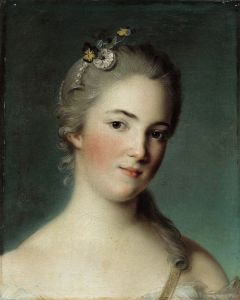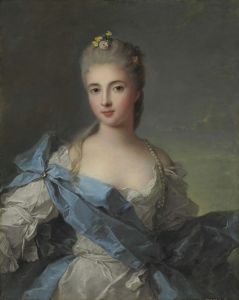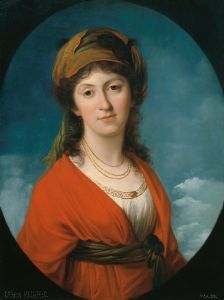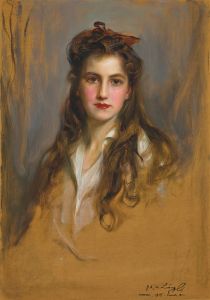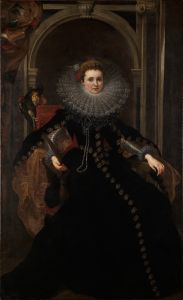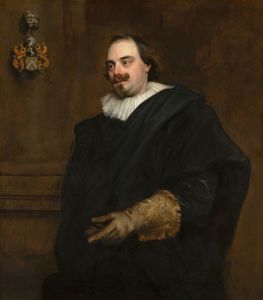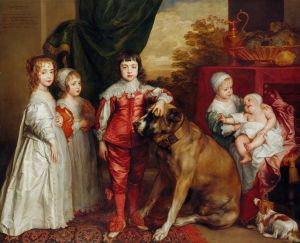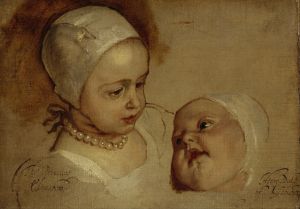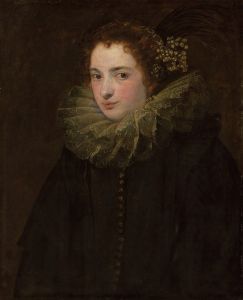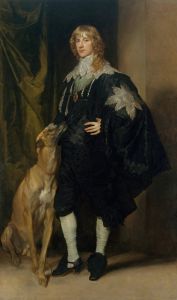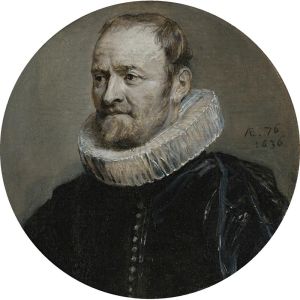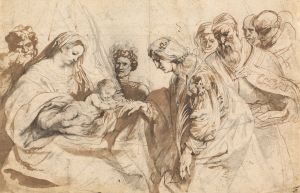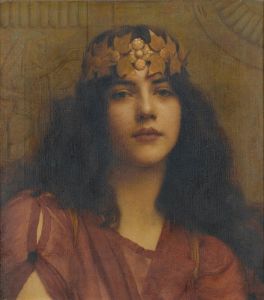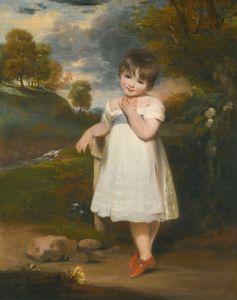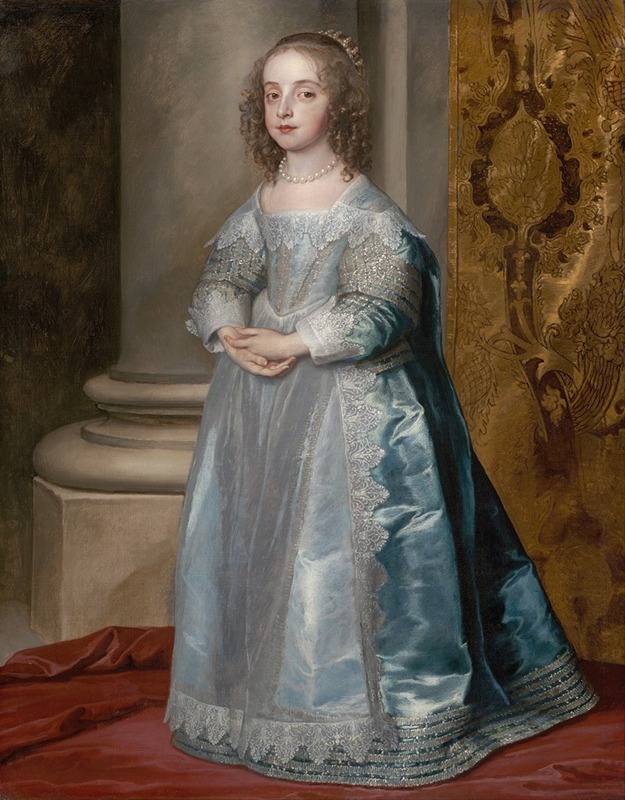
Princess Mary, Daughter Of Charles I
A hand-painted replica of Anthony van Dyck’s masterpiece Princess Mary, Daughter Of Charles I, meticulously crafted by professional artists to capture the true essence of the original. Each piece is created with museum-quality canvas and rare mineral pigments, carefully painted by experienced artists with delicate brushstrokes and rich, layered colors to perfectly recreate the texture of the original artwork. Unlike machine-printed reproductions, this hand-painted version brings the painting to life, infused with the artist’s emotions and skill in every stroke. Whether for personal collection or home decoration, it instantly elevates the artistic atmosphere of any space.
"Princess Mary, Daughter of Charles I" is a portrait painted by the renowned Flemish artist Anthony van Dyck, who was a leading court painter in England during the early 17th century. The painting depicts Princess Mary Henrietta, the eldest daughter of King Charles I of England and Queen Henrietta Maria. Van Dyck, known for his elegant and sophisticated style, was particularly adept at capturing the nobility and grace of his subjects, which is evident in this portrait.
Princess Mary was born on November 4, 1631, and was the first princess to be born to King Charles I and Queen Henrietta Maria. Her birth was a significant event at the English court, and she was baptized shortly thereafter with much celebration. As a member of the royal family, Mary was an important figure in the political and social landscape of the time.
Anthony van Dyck was appointed as the principal court painter to King Charles I in 1632, and he quickly became a favorite of the royal family. His portraits were highly sought after for their ability to convey the dignity and poise of the English aristocracy. Van Dyck's work was characterized by its fluid brushwork, rich color palette, and the ability to capture the personality and status of his sitters.
In the portrait of Princess Mary, van Dyck presents her as a young girl, dressed in luxurious clothing that reflects her royal status. The painting is noted for its attention to detail, particularly in the depiction of the fabrics and textures of her attire. The use of light and shadow in the painting highlights the delicate features of the princess, emphasizing her youthful innocence and grace.
The portrait is also significant for its historical context. During the time it was painted, England was experiencing political and social upheaval, which would eventually lead to the English Civil War. The royal family, including Princess Mary, was at the center of these events. Despite the turmoil of the period, van Dyck's portrait captures a moment of tranquility and elegance, offering a glimpse into the world of the English court before the onset of war.
Princess Mary later became known as Mary, Princess of Orange, following her marriage to William II of Orange in 1641. This union was part of a strategic alliance between England and the Dutch Republic. The marriage further elevated her status and influence in European politics.
The painting of Princess Mary by Anthony van Dyck remains an important work of art, not only for its artistic merit but also for its historical significance. It is a testament to van Dyck's skill as a portraitist and his ability to capture the essence of his subjects. Today, the portrait is housed in the Rijksmuseum in Amsterdam, where it continues to be admired by art enthusiasts and historians alike.





